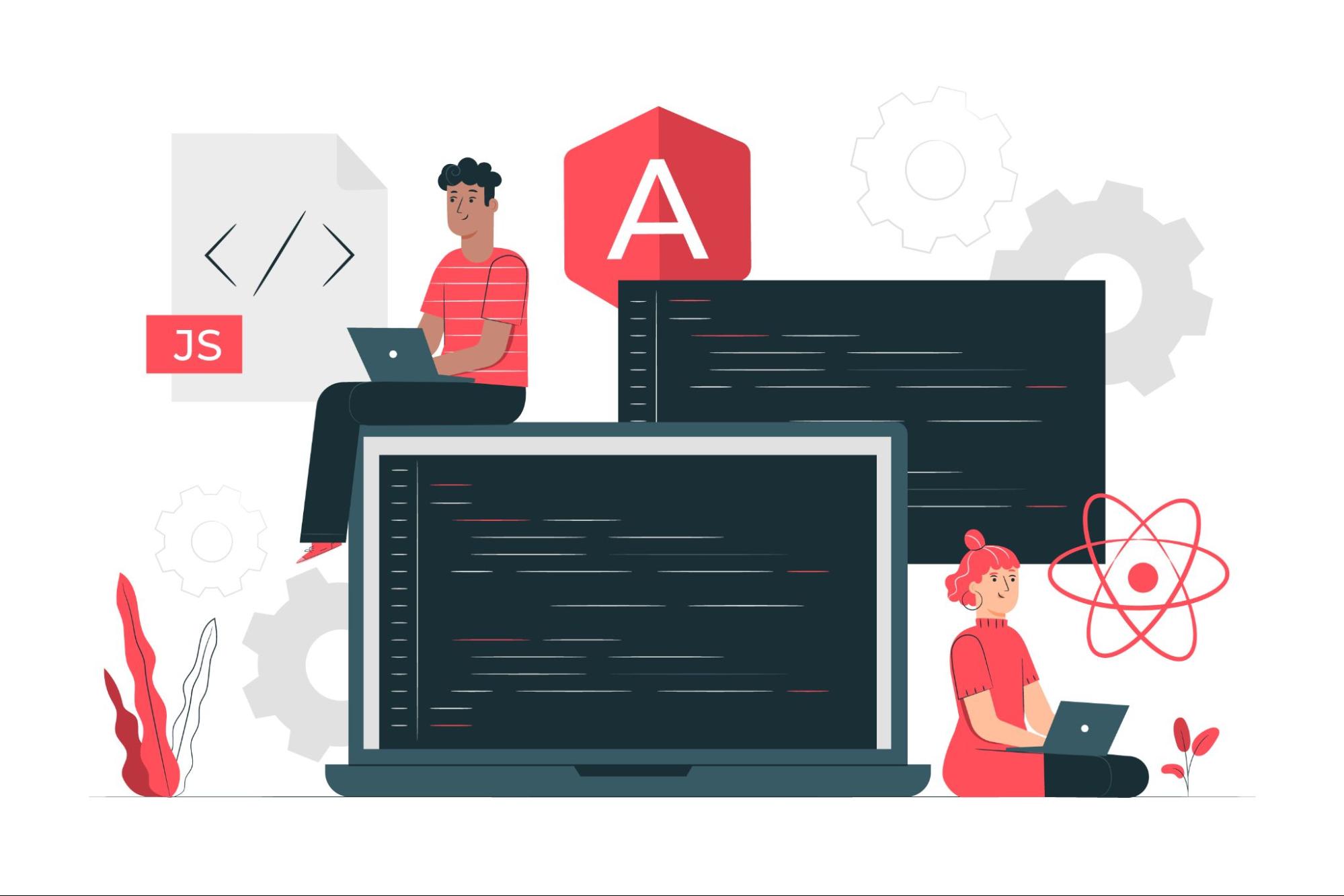What Is a REST API? Examples, Uses, and Challenges
Discover the fundamentals of REST API, rest API example, what is a rest API, and its benefits. Learn how Optimizory uses APIs for software solutions.
Start Free Trial
Discover the fundamentals of REST API, rest API example, what is a rest API, and its benefits. Learn how Optimizory uses APIs for software solutions.
Start Free Trial
Application programming interfaces (APIs) are useful in the tech world these days because they let different programs easily talk to each other. REST API, which stands for "Representational State Transfer APIs," are the most popular type of API. What are REST APIs? How do they work? What are they used for? What are their pros and cons? What are the best ways to use them?
REST APIs, often known as RESTful APIs, allow applications to communicate over the web. Links on the web can take you to data, material, tools, videos, and other online things with REST APIs. Because they are simple and consistent, they are the best choice for web, mobile, and gadget apps.

Simple Object Access Protocol (SOAP) was the main way that coders connected APIs before REST. SOAP was confusing and difficult to utilize. This inspired Roy Fielding and his colleagues to design REST in the early 2000s. They aimed to create a simpler and more flexible standard for API integration.
To be considered RESTful, an API must adhere to six guiding constraints:

Resources are the building blocks of REST APIs. A resource can be any piece of information that can be called, like a text, a picture, or a group of other resources. These resources are identified using URLs. The primary methods used in REST APIs include:
There are two different ways to build APIs: REST and SOAP. REST is a set of rules that gives you more freedom than SOAP, which is a system with strict rules. Because it uses JSON, URLs, and HTTP methods, REST is easier to use and more flexible, especially for web-based apps. SOAP, on the other hand, works with XML and is often used in business settings that need strong security and transaction compliance.
REST APIs are versatile and can be used in various scenarios, including:
REST APIs offer several advantages:
Despite their benefits, REST APIs come with challenges:
To ensure effective use of REST APIs, follow these best practices:
Several companies provide exemplary REST APIs. Here are some rest API example.
Optimizory is a leading provider of advanced software solutions. The integration of Restful APIs ensures seamless communication between its application and external systems. This improves the overall user experience.
Optimizory’s powerful API testing tool is vREST. By implementing vREST, Optimizory’s clients can manage tasks, retrieve data, and develop tailored solutions to meet their needs. The use of REST APIs, along with vREST’s testing capabilities, allows Optimizory to deliver software solutions that are not only adaptable and scalable but also depend on different industries.
With vREST, Optimizory continues to push the boundaries of innovation, providing clients with the tools necessary for creating sophisticated, high-performance applications that seamlessly interact with diverse external systems.
REST APIs are an important part of current web development because they make integrating different software systems easy, flexible, and scalable. Understanding how they work, what they're used for, and the best ways to do things can make it much easier to make APIs that are strong and useful. No matter how much experience you have as a developer, you need to learn how to use REST APIs in order to make powerful and flexible web apps.

Record, Specify, Test and Mock your RESTful and Other Web APIs.